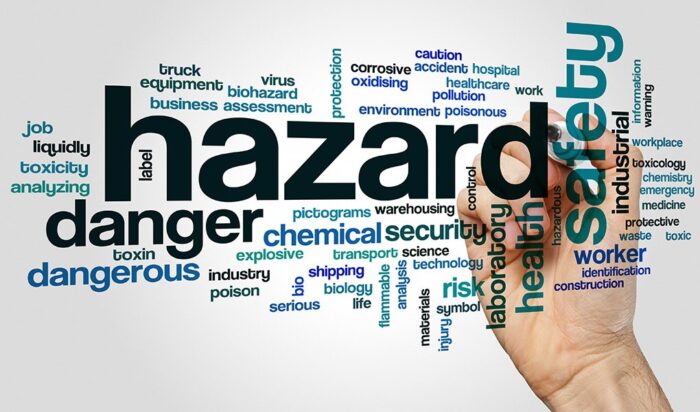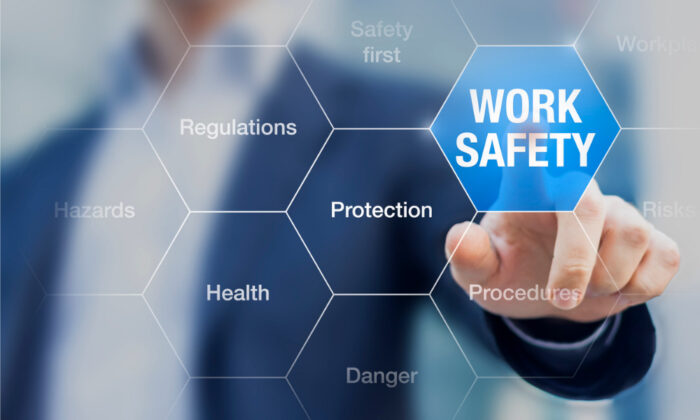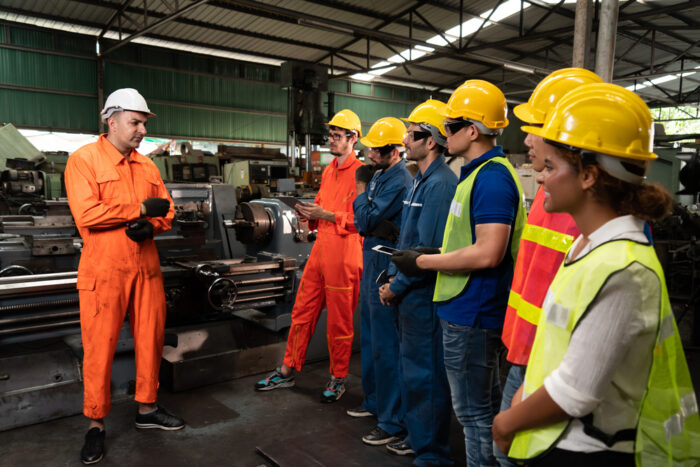
Workplace safety audits are essential for ensuring the safety of your employees and business. But, whether you have a big team or are just running a small business, conducting such an audit can feel daunting. The good news is that it doesn’t have to be.
As long as you know what to look for, performing a workplace safety audit is easy and essential in protecting your staff and organization from future incidents. In this post, we’ll discuss what a workplace safety audit is, and look at how employers can perform them efficiently. From preparation tips to pinpointing potential hazards, these steps will ensure that you cover all areas of compliance and ensure everyone is safe on the job. Read on to learn more about how you can perform your own workplace safety audit, ensuring the safety of your business and employees.
What Is A Workplace Safety Audit?
A workplace safety audit is a comprehensive work environment review to identify potential employee risks. It is an essential process for ensuring that employers comply with legal requirements and adhere to relevant safety standards. Safety audits are implemented regularly and commonly include a physical inspection of the site, equipment, and practices related to occupational health and safety regulations.
The audit reviews policies, procedures, manuals, and records to evaluate the overall effectiveness of the company’s health and safety program. With this information, you can have relevant information to make improvements or know areas where further investigation may be needed. By regularly completing a workplace safety audit, businesses can ensure that their employees have a safe working environment.
Identify Potential Hazards in the Workplace

The first step in performing your own workplace safety audit is identifying potential hazards that could lead to injury or illness. This includes poor lighting or ventilation, insufficient training, inadequate fall protection equipment, and environmental factors like noise levels or air quality. Make sure to look for any signs of wear and tear on equipment and machinery and any unsafe practices that could lead to accidents or injuries.
Establish a Safety Policy and Make it Known to Employees
Once you’ve identified any potential hazards in the workplace, it’s time to develop a safety policy outlining what employees should do to stay safe while working. Be sure to include procedures for reporting incidents and responding appropriately in an emergency. It’s also essential that everyone is aware of this policy—make sure all employees know about it and understand its purpose.
Conduct Regular Safety Checks and Inspections
After establishing a safety policy, conduct regular checks and inspections of the workplace for compliance with the requirements outlined in the policy. Check for any changes or updates needed to keep up with changing regulations or industry standards. Additionally, check for potential slip-and-fall hazards like wet floors or cluttered walkways, inadequate ventilation systems, outdated fire extinguishers, etc., which could present serious risks if addressed after some time.
Train Employees On How To Perform Their Duties Safely

Training employees on safely performing their duties is one of the best ways employers can conduct a workplace safety audit. Not only does this help ensure that staff is knowledgeable about safety protocols and regulations, but it also helps maintain high employee morale and enthusiasm. When workers know what to expect and feel equipped with the necessary job skills, they will likely follow protocol without hesitation.
Additionally, training employees on job tasks reduces the risk of any unexpected accidents and the potential for litigation if an accident occurs while on the job—all of which saves businesses time and money in both the short-term and long-term. Finally, providing accurate and thorough training demonstrates care for employee wellbeing; this shows staff that their employer values them, helping build a positive office culture that ultimately supports all workplace safety initiatives.
Communicate Safety Practices With Suppliers, Vendors, And Other Contractors
Communicating workplace safety practices with suppliers, vendors, and other contractors is essential to performing a comprehensive safety audit. Not only will understanding their safety procedures help maintain consistency within an organization, but regular communication can also identify any deficiencies in the overall safety of the workplace. Employers can better recognize potential hazards and assess risks when external contractors exchange information about safety protocols.
They can also formulate solutions for anything potentially jeopardizing worker health and well-being. In addition, having external contractors on board helps ensure that workplace standards are adhered to internally and externally. Communication about workplace safety with outside parties cannot be overstated. It helps organizations keep their buildings safe and secure for employees and customers.
Put Measures In Place To Monitor Compliance With Requirements

Finally, employers should take the initiative to carry out workplace safety audits to ensure their business is up to standard for its own protection and that of its employees. By putting measures in place to monitor compliance with requirements, companies are taking proactive steps toward ensuring all health and safety regulations are adequately met. This includes having policies in place and maintenance practices relating to workplace safety, such as providing first aid kits, conducting job hazard analyses, or supplying protective clothing and face masks where necessary.
Monitoring alerts employers when a violation is found so it can be rectified quickly and eliminates the need for expensive retrofitting down the line due to non-compliance issues. Additionally, regular monitoring cultivates an environment of responsibility in which employees are encouraged to be aware of their duties related to workplace safety – leading workers to take the greater initiative themselves. An effective compliance monitoring system is a cornerstone of any successful workplace safety audit.
Conducting Your Own Safety Audit As An Employer
Following these tips will help ensure that your business meets all applicable regulations regarding workplace safety. This is a must if you want to protect yourself from costly fines or penalties later on.
In addition, performing regular audits of your workplace is also beneficial because it encourages employees to take ownership of their safety by helping them recognize potential hazards before they become dangerous. Ultimately, having an effective workplace safety audit system helps create a safer work environment where everyone can thrive safely and confidently.
















